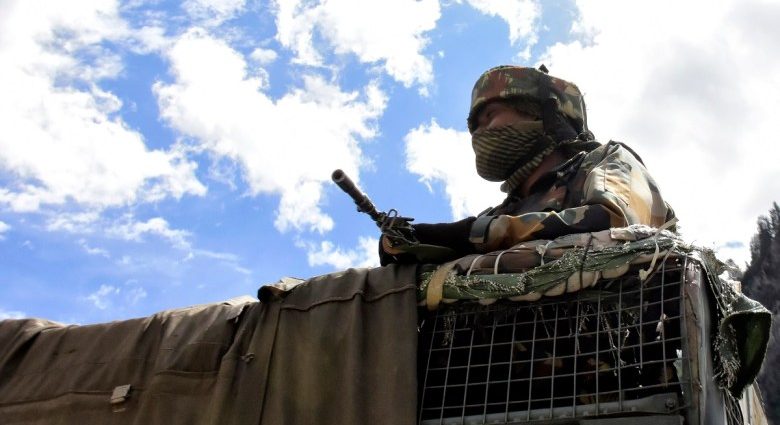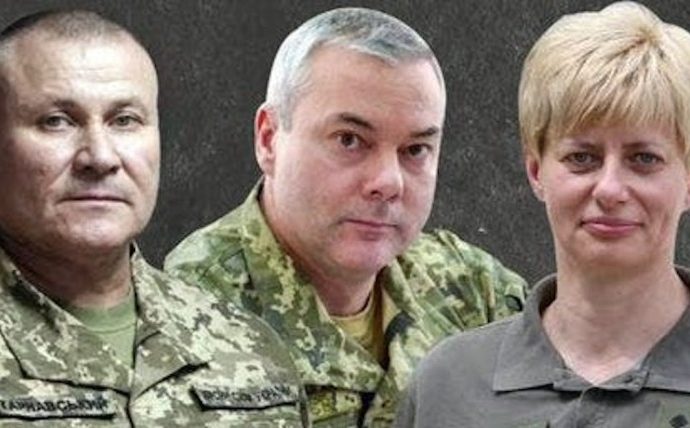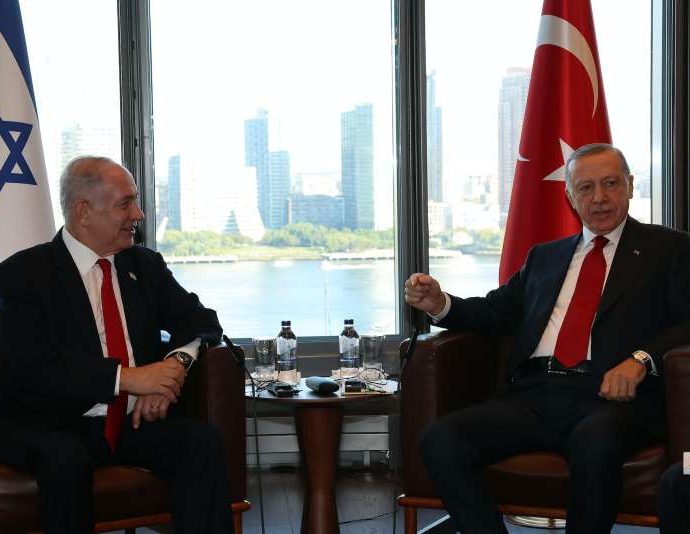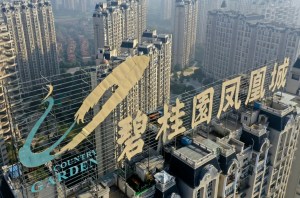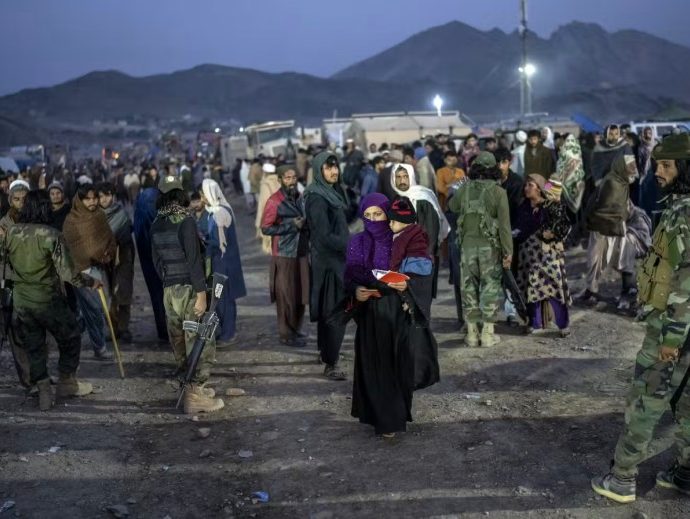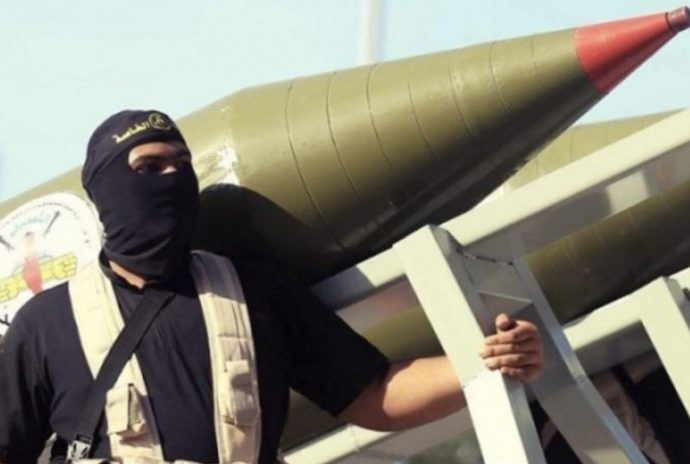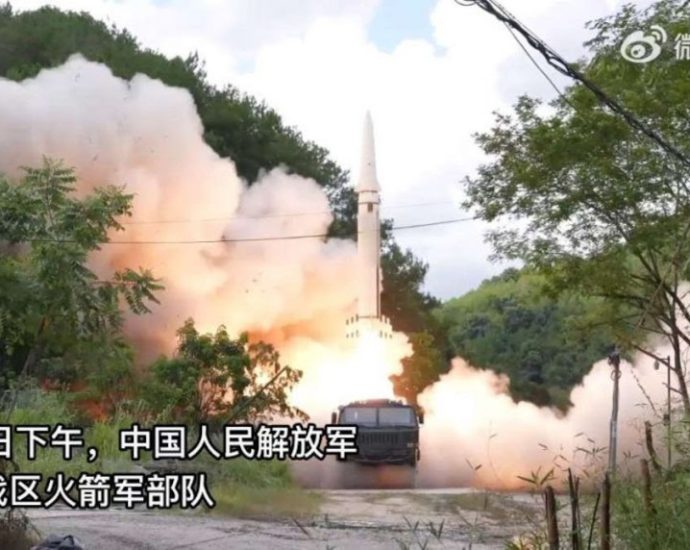Pakistan MIRV test heats up South Asia’s arms race
Pakistan’s recent missile technology advancement, shown by the Ababeel medium-range ballistic missile (MRBM) test launch with multiple independently targetable re-entry vehicle (MIRV) capabilities, signifies a pivotal development in South Asia’s strategic balance and defense capabilities.
The International Institute of Strategic Studies (IISS) reports that Pakistan last month conducted its second test launch of the Ababeel MRBM designed to carry MIRVs, moving a step closer to achieving the enhanced capability to penetrate India’s nascent missile defenses.
IISS says that the recent test at Sakhi Sarwar range in Punjab province followed the 2005 India-Pakistan agreement on pre-notification for ballistic-missile tests, which included seven Notice to Air Missions issued by Pakistan. It mentions the test was conducted to revalidate various design and technical parameters and evaluate the performance of different subsystems.
IISS notes that the Ababeel is one of two nuclear-capable MRBMs that Pakistan is developing, with the main difference being its MIRV capability, which increases deterrence by increasing the chances of penetrating India’s emergent ballistic-missile defenses.
The institute says that India is also preparing its own MIRV capability, linked to its Agni VI intercontinental ballistic missile (ICBM) that is designed primarily to penetrate Chinese missile defenses and not for use against Pakistan.
MIRVs were first developed in the 1960s to enable a missile to deliver multiple nuclear warheads to different targets, in contrast to traditional missiles that carry one warhead. While the original MIRVs were not designed to penetrate missile defenses, they are much harder to intercept than the traditional missile type.
For instance, the US LGM-30G Minuteman III, the main component of the US ground-based nuclear deterrent, can carry three Mk 21 MIRVs, each with a W87 thermonuclear warhead with a 375 to 475 kiloton yield. MIRVs can also be launched from an ICBM at different speeds and directions, and some MIRV-capable missiles can hit targets 1,500 kilometers apart.
However, MIRVs have their strategic pitfalls. In a 2014 article for the Bulletin of Atomic Scientists, Zachary Keck mentions that MIRVs can destabilize since they emphasize first strikes, as one missile can hit multiple targets.
In connection with that, Keck says MIRVs enable countries to launch various warheads at a single target, with numerous lower-yield warheads being more destructive than a single warhead with an equivalent yield. He also notes that MIRVs make it easier to defeat missile defense systems.
Keck says for all those reasons MIRVs make small and medium-sized nuclear arsenals highly vulnerable to a decapitation first strike, presenting significant capability loss with each launch platform destroyed.
He says that a rival’s acquisition of MIRV capability forces nuclear states to significantly expand and disperse their arsenals to maintain a secure second-strike capability. In addition, he notes that MIRVs create the need to build more nuclear weapons to arm missiles.
In line with those reasons, Pakistan has a multifaceted rationale for acquiring MIRVs. Missile Threat noted in July 2022 that Pakistan’s strategic forces, consisting mainly of short-range ballistic missiles (SRBMs) and MRBMs, allow it to target almost any point in India, offsetting the significant conventional military asymmetry between the two rivals.
Response to ‘Cold Start’?
Islamabad’s MIRV program may be a response to New Delhi’s “Cold Start” military doctrine, formulated in response to past border conflicts with Pakistan and to alleged Pakistan state-sponsored terrorism.

In a December 2022 article in the peer-reviewed BTTN Research Journal, Saba Hanif explains that India developed its Cold Start doctrine in 2004 to swiftly capture small parts of Pakistani territory around 50 to 60 kilometers deep to use as leverage in post-conflict negotiations, prevent an international response and avoid Pakistani nuclear retaliation.
Hanif says that Cold Start involves using eight division-sized integrated battle groups with mechanized infantry, artillery and tanks working with the Indian Air Force to achieve rapid mobilization and shallow territorial gains.
Given Pakistan’s smaller military and limited nuclear arsenal of approximately 165 warheads, it may opt to use MIRVs as tactical battlefield weapons against India’s superior conventional military.
Pakistan may also be concerned about the survivability of its relatively small nuclear force, with MIRVs maximizing retaliation capability for every launch platform and missile that survives initial Indian strikes.
However, Pakistan’s MIRV developments may complicate South Asia’s nuclear triangle dynamics involving Pakistan, India, and China.
In a June 2020 Stimson article, Monish Tourangbam says that the proximity of these nuclear-armed countries raises the risk of nuclear warfare or a two-front war for India in the event of a military standoff.
Tourangbam characterizes this triangle as Pakistan’s efforts to bridge its power asymmetry with India through nuclear deterrence, Chinese support and India’s concerns over China’s growing military capabilities and influence in the region.
However, he notes that the strategic alliance between China and Pakistan is more implicit than explicit, with no clear commitment to mutual defense in case of a war involving either country.
Given that, a May 2022 report by the United States Institute of Peace (USIP) highlights that China, India and Pakistan have increased their nuclear arsenal and military technologies, leading to a security dilemma and a higher risk of nuclear conflict.
The report mentions that the 2019 Pulwama-Balakot crisis highlighted the future of India-Pakistan strife, with both nations drawing lessons that could escalate future concerns. It also notes the 2020-2021 Ladakh border clashes between India and China marked a significant deterioration in India-China ties.

In line with that, Daniel Markey notes in a February 2023 USIP article that South Asia’s strategic stability is increasingly precarious due to geopolitical changes and evolving military technologies, including expanding nuclear arsenals and advanced delivery systems.
Markey notes several risks to the region’s strategic stability, such as nuclear escalation from accidents like India’s March 2022 Brahmos missile misfire into Pakistan, the potential for crisis escalation from terrorism or border disputes and deteriorating India-Pakistan relations exacerbated by domestic politics and external factors like the Taliban’s influence in Afghanistan.
He notes that heightened India-China border tensions and their growing military capabilities create fears of conventional and nuclear escalation, contributing to a “cascading security dilemma” where defensive measures by one state spur insecurities and arms advancements in others, potentially leading to an unpredictable and dangerous South Asia arms race.

